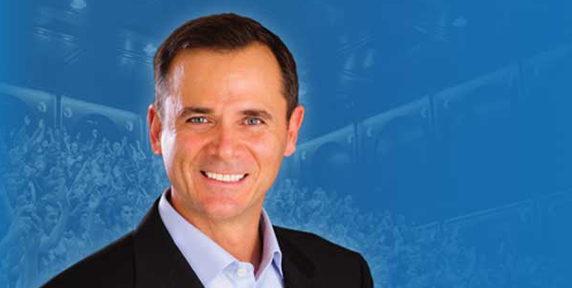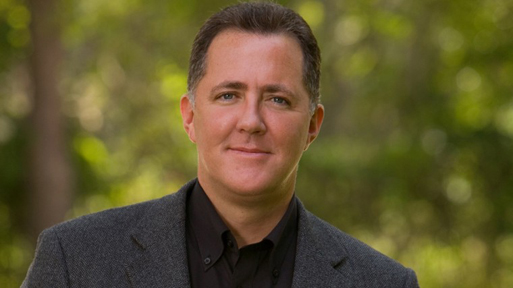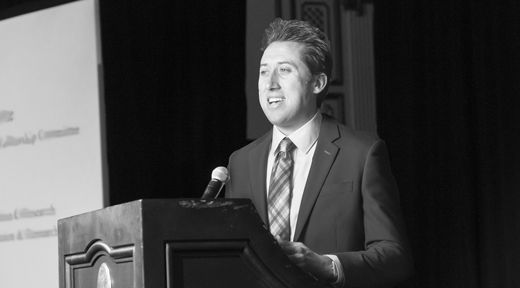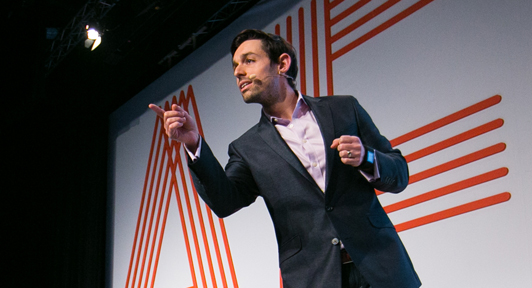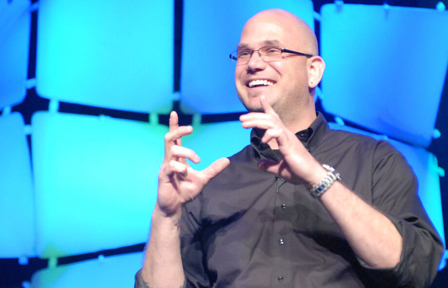
Constructive Conflict with Dr. Liz Berney
| Even when the conflict looks, smells and feels like it is all the other person’s fault, we have contributed to the conflict in some fashion. Only by recognizing our contribution, can we identify and apply strategies of conflict resolution. | |
| |
 | One of your well-known articles is called “The Co-creation of Conflict.” Could you tell us more about the title please? |
 | This article can be found in my book Yes You Can! Reaching Your Potential While Achieving Greatness with Edgar Schein. The article offers a unique perspective on conflict management. It suggests that even when the conflict looks, smells and feels like it is ALL the other person’s fault, we have contributed to the conflict in some fashion. Only by recognizing our contribution, can we identify and apply strategies of conflict resolution.
In my article, I refer to a specific consulting experience I had where a “not very nice” boss, who yelled at all five of his direct reports publicly and regularly, stopped his bad behavior with one of the five as a result of action taken by that direct report. The direct report, realizing he was allowing the bad behavior by not addressing it directly, respectfully told the boss he was happy to receive feedback but in a private and constructive manner. As a result, the boss stopped his negative behavior with him, but not the other four. While the boss’s behavior was not the fault of any of the five, by not addressing it directly, they were “allowing” it to continue. I had coached the report who confronted his boss prior to their exchange. We had discussed that the boss could end up punishing him for confronting him and that ultimately the report had to decide that it was worth the risk. Often though we don’t take these risks, even though they would have extremely positive results. |
 | What is industrial and organizational psychology? |
 | Industrial and Organizational Psychology is a field which focuses on helping organizations increase their effectiveness through selecting, onboarding, training, coaching and developing staff and leaders. Some I/O Psychologists focus on enhancing and validating selection and training while others like me, focus on providing training, coaching and facilitation services to enhance leadership, team and organizational effectiveness. |
| Conflict only becomes dysfunctional when people don’t address the real issues directly and openly, but we can’t expect people to address issues directly and openly unless leaders create safe and trusting work environments. | |
| |
 | What are the most common causes of conflicts in the workplace? |
 | Differing needs, interests, personalities, goals, rewards, and of course cultures and backgrounds. In 8 out of 10 cases, team conflicts result from unclear goals, roles and responsibilities, processes and procedures. However, we need to discern between functional and dysfunctional conflict.
Patrick Lencioni in The 5 Dysfunctions of a Team reminds us that conflict around important issues at work is GREAT and necessary. Conflict only becomes dysfunctional when people don’t address the real issues directly and openly, but we can’t expect people to address issues directly and openly unless leaders create safe and trusting work environments, so I work with leaders to create these conditions. |
 | You mention in your work that there are different styles of approaching conflicts. How many kinds of conflict styles are there and what are they? |
 | Thomas Kilmann suggests there are 5: Collaborating, Compromising, Competing, Avoiding and Accommodating. Most of us have a favorite style as well as styles we avoid. Rather than using their habitual favorite, leaders and staff alike need to strategically decide which will have the best result in the context of a particular conflict. |
| Sometimes what people state as their position...has more to do with an underlying issue. | |
| |
 | What steps can people take toward resolving a conflict when one of the parties refuses to compromise? |
 | Rather than get defensive, we need to make the effort to do a great deal of listening and try to understand what the other party or parties’ needs as well as others’ positions. Sometimes what people state as their position, e.g., “that takes us over budget”, has more to do with an underlying issue (“you didn’t help our department when we needed it”). That’s why we need to spend time building relationships, understanding what others need, and creating enough trust. In those conditions the truth comes out and can be addressed directly.
We need to be open to persuasion as long as others’ proposed solutions meet our needs, even if they are not the one we want. We also can involve other parties who are part of the issue to see if they can help solve the problem as a team. Additionally, we always need a BATNA, i.e., a best alternative to a negotiated Agreement (Fisher and Ury). A BATNA could mean walking away from the issue, finding another job, client, etc. Often our behavior is unknowingly contributing to the other person’s refusal to compromise. Are we understanding their concerns? Are we unknowingly insulting them or miscommunicating? I have facilitated what many would say were impossible negotiations that had great success. It took time, creativity and a lot of good will but worked wonders and ultimately save a lot of money and time for the companies. |
 | You’ve worked with the House of U.S. Representatives among many other government organizations. What are some tactics politicians could use to turn their conflicts into constructive relationships? |
 | Ha! If I could solve this one, our country wouldn’t be having such terrible internal political strife! The conflicts between Democrats and Republicans have only worsened over time and serve as perfect case studies of dysfunctional intergroup conflict. We need to start by looking at how politician performance is reinforced. Politicians are dependent on being re-elected by their constituents. They are also dependent on each other to get their particular policies supported. Often these two types of dependency conflict.
We reward and recognize cross-partisan decisions. We need to train politicians in interests-based negotiation (Fisher and Ury) to listen to and surface underlying interests of both parties and provides techniques for identifying solutions meeting both sets of interests. Check out: Marshall Rosenberg’s Speak Peace in a World of Conflict: What You Say Next Will Change Your World. |
| When leaders consult others, it is critical that they don’t limit themselves to advisers with whom they expect to agree. | |
| |
 | One of the services you offer is “helping leaders make tough and often unpopular decisions that increase organization innovation.” How can a leader discern that an unpopular decision is the best course of action for the organization? |
 | Another great question: the leader needs to collect the data surrounding the challenge, do the research, consult others (many others!), analyze his/her choices with great care, as well as the potential outcomes of each option, and then make the call. When leaders consult others, it is critical that they don’t limit themselves to advisers with whom they expect to agree. We know from Irving Janis’s work on Groupthink, that leaders need to choose people who have different viewpoints, different backgrounds, different skill sets; in fact, leaders should choose people who are likely to disagree with them.
Finally, once leaders have done all they can to insure the best decision, they have to pull the trigger. |
 | What is the Myers Briggs Type Indicator? |
 | The MBTI is a personality assessment, used internationally, to help understand our own personality preferences as well as those of others. It is the top most used assessment on personality in the US and can be used for training, coaching, leadership development, conflict resolution, families and couples.
Despite recent criticisms by Adam Grant, it is the most valid and reliable instrument we have for understanding personality differences. Once we learn more about ourselves and of those with whom we work and live, we can identify strategies to working and living with each other more fruitfully. |
| Often, we assume someone’s negative behavior results from their feelings toward us, while it is often simply rather a function of their personality. | |
| |
 | How can businesses and other large groups apply the Myers Briggs Type Indicator in the workplace? |
 | I have had great success working with senior teams using the MBTI. Once everyone receives their results, they share these with their teammates and together we identify concrete strategies for bettering communication and teamwork. The MBTI helps take the sting out of conflict; often, we assume someone’s negative behavior results from their feelings toward us, while it is often simply rather a function of their personality.
That being said, insight alone is not sufficient. We then need to come up with strategies for managing our differences. I use the MBTI most often with senior teams to help them improve their decision-making and problem-solving approaches. When a team is made up of all big picture folks, they spend too much time brainstorming and not coming to closure. If there are mostly detail folks, they can forget to tie their facts to the big picture and overarching strategies. Consider how dangerous it would be if a team was made up of all “Thinkers” who failed to consider the impact of their decisions on their people! I teach groups, then, how to use the “Z” problem-solving approach that helps them better balance how they solve problems, i.e., paying equal attention among the facts, the analysis, impact on others and the big picture. ========================================================== |

